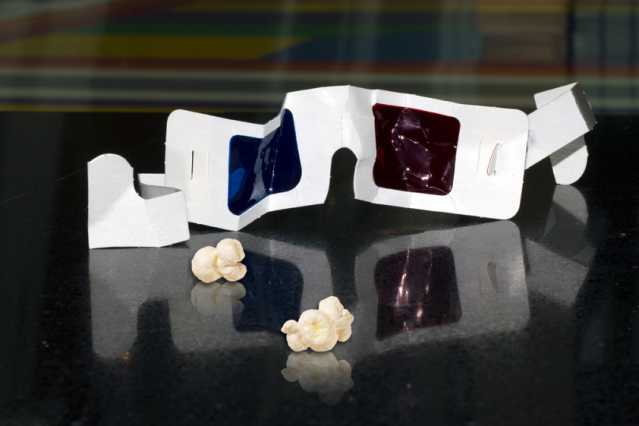
Researchers at the MITMedia Lab have developed an awesome way to produce holograms and/or 3D images. This system would be used in lieu of ridiculously expensive equipment that’s traditionally used when streaming holograms commercially (think Michael Jackson’s performance at the Billboard Music Awards or Tupac’s performance at Coachella). This method could be used at home by anyone when it hits the market.
This multiperspective 3D, glasses-free 3D system breaks the parallax barrier, allowing users to see the virtually projected images as if that object were in the room with them at that very moment. It differs from 3D movie stereoscopic means of display because it is a 3D projection rather than a 2D screen display with special effects.
Two liquid crystal display modulators that resemble LCDs are onboard this tech that produce different images capturing outgoing light to emit images. The pictures produced from this setup are relatively vivid through the technology graphics card computational power that can retain the image’s brightness and data to make it appear even more realistic. The projector is positioned between the lens and the source of light. Light and darkness of a bank of angled light emitters are used when light passes between the first and second modulator. The viewer of the hologram can perceive the images from various angles through the patterns of light that are released.
MIT has constructed a customized viewing screen to change the angles that you can view the holograms from that acts like a magnifying glass to alter the images through lenticular lenses.
The prototype produces eight images and runs at 240Hz while producing 3D visuals with parallax running at 40Hz for your run-of-the-mill TV-ready image.
The researchers used an algorithm to determine how the viewing angles needed to be allotted. The algorithm used is comparable to those used in video games, receiving minimal lag time through the shown images.
This technology could benefit the medical field and broaden the overall horizons of performance in the entertainment industry.
Story via MIT
Advertisement





